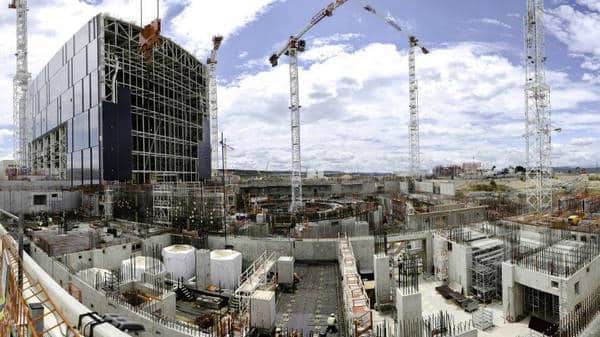The Chinese fusion reactor has achieved a new record. L'EAST (Experimental Advanced Superconducting Tokamak) reached the plasma temperature of 120 million degrees Celsius for 101 seconds. And a whopping 160 million degrees Celsius for 20 seconds, an important step towards the next tests.
The Tokamak project is located at the Hefei Institutes of Physical Science of the Chinese Academy of Sciences. It is designed to replicate the process that occurs in the sun and stars to provide nearly infinite clean energy through controlled nuclear fusion. Also for this reason, the Chinese project it is often called “artificial sun”.

Tokamak, another step forward
The Tokamak result broke a previous plasma temperature record at 100 million degrees per 100 seconds. Second Li Miao, director of the physics department of the Southern University of Science and Technology in Shenzhen, is a milestone.
The breakthrough is a significant advance, and the ultimate goal should be to keep the temperature at a stable level for a long time. The next goal is to maintain it for a week or more.
Li Miao on the Tokamak project
In pursuit of the Tokamak
Achieving a plasma temperature above 100 million C is one of the key challenges for exploiting the Tokamak nuclear fusion. Records are chasing each other. At the end of 2020, South Korea with its KSTAR reactor it reached 100 million degrees for 20 seconds. The temperature in the center of the sun is believed to be 15 million degrees, which means that the plasma in the center of the device will be seven times hotter than that of the sun.
Energy generated by nuclear fusion can become the most reliable and cleanest energy. If this technology can be applied commercially, it will have enormous economic benefits. But it takes time.
It is estimated that it will take at least 30 years to complete the experimental phase of Tokamak.
A global project

The EAST Tokamak Experiment is part of the International Thermonuclear Experimental Reactor Facility (ITER), a major global science project second only to the International Space Station in size.
Think of a project conceived and built JOINTLY by the USA, China, Europe, India, Japan, South Korea and Russia. Its success is significant for the future peaceful use of nuclear fusion across the planet.


